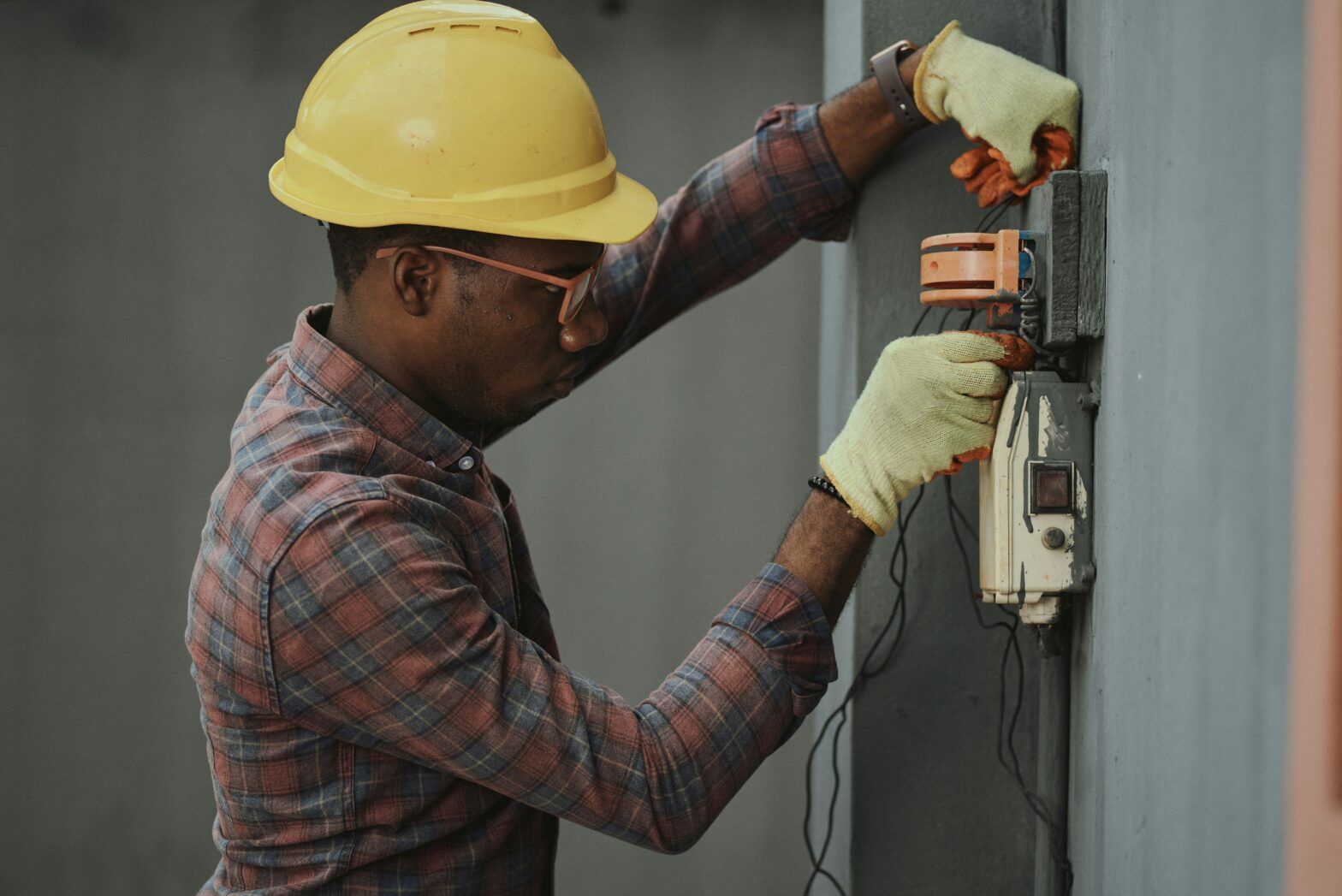Electricians, much like software developers, need to diagnose and resolve faults in electrical systems. Whether it’s a circuit failure, wiring issue, or malfunctioning component, the troubleshooting process follows a methodical approach similar to software bug tracking.
Applying Bug Tracking Principles to Electrical Work
- Identifying the Fault (Recognizing the Bug)
Just like a software engineer notices a system crash or unexpected behavior, an electrician must observe the signs of electrical issues—flickering lights, power surges, non-functioning outlets, or tripped breakers. - Logging the Issue (Tracking the Bug)
Keeping a detailed record of the problem, including when it occurs and under what conditions, helps in identifying patterns. Electricians can use digital tools like job management apps to log faults, just as developers use bug tracking software. - Testing and Isolating the Issue (Debugging the Code)
- In coding, developers use debugging tools to locate the source of a bug.
- In electrical work, electricians use multimeters, circuit tracers, and infrared cameras to pinpoint faulty wiring, overloaded circuits, or broken components.
- Fixing and Verifying (Deploying the Solution)
Just as software teams test a fix before deploying it, electricians must verify that the problem is truly solved by running checks and ensuring the system functions correctly without side effects.
The Role of Technology in Electrical Bug Tracking
Technology has made troubleshooting electrical systems more efficient. Electricians can now use:
- Apps like ServiceTitan or SimPRO for job tracking, similar to bug-tracking platforms for developers.
- Smart diagnostic tools that detect faults more quickly than traditional methods.
- Digital schematics and circuit diagrams to visualize and track problems efficiently.
By adopting a systematic bug-tracking approach, electricians can reduce troubleshooting time, improve accuracy, and ensure safer electrical installations.
Final Thoughts
While coding and electrical work may seem worlds apart, the process of tracking, diagnosing, and fixing errors is remarkably similar. Whether you’re debugging software or troubleshooting a power outage, a structured approach leads to faster solutions, fewer errors, and improved efficiency. By leveraging modern tools and following best practices in tracking issues, both software engineers and electricians can enhance their problem-solving capabilities and deliver better results.
